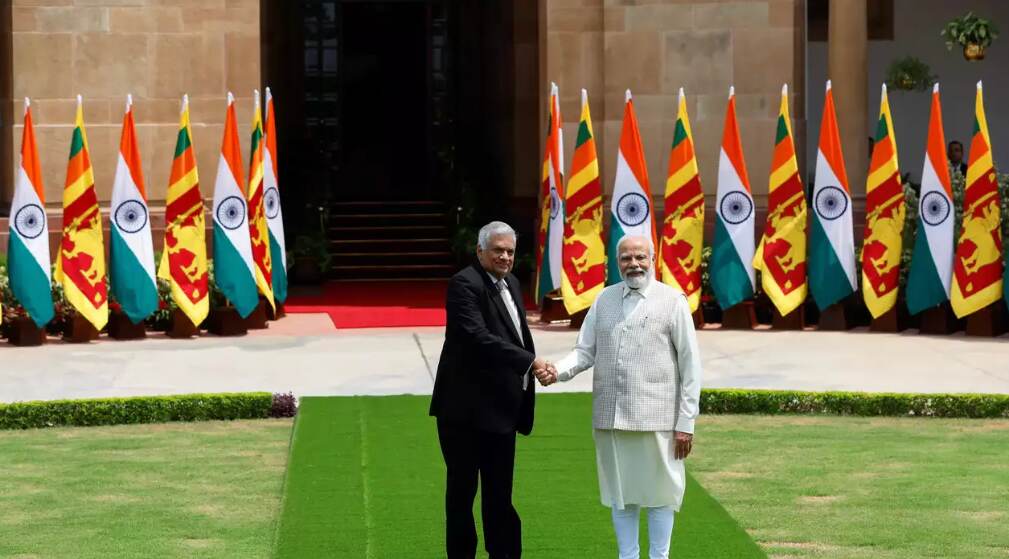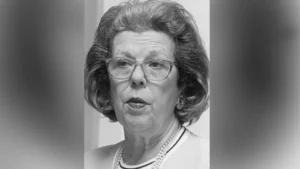During the Sri Lanka President’s visit to India, Indian PM expressed his hope to implement 13th Amendment to Sri Lanka Constitution which flows from the Indo-Sri Lanka Accord 1987.
Background
Sri Lanka was facing an increasingly violent strife from the early part of the 1980s. The conflict can be traced to its independence from Britain in 1948. At the time when the Sinhala majority government came into force, passed a legislation that was deemed discriminatory against the Tamil minority population. In the 1970s, two major Tamil parties united to form the Tamil United Liberation Front (TULF) that started agitation for separate state of Tamil within the system in the North and Eastern Sri Lanka that would grant greater autonomy to them. After the enactment of the sixth amendment of the Sri Lanka Constitution in August 1983 the TULF becomes ineffective and thus the ethnic divisions started flaring into a violent civil war.
13th Amendment to Sri Lanka Constitution
13th Amendment to Sri Lanka Constitution made after the signing of the Indo-Sri Lanka Accord between Prime Minister Rajiv Gandhi and President J R Jayewardene in 1987 in Colombo, Sri Lanka. The accord aiming at amending the constitution to transfer some powers such as agriculture, health etc. to the country’s nine provinces and find a constitutional solution to the civil war.
Other clauses of Indo-Sri Lanka Accord
- Tamil and English being adopted as official languages along with Sinhala.
- Lifting of emergency on the ‘Eastern and Northern Provinces’ by August 15, 1987.
- Surrender of arms by military groups.
- General amnesty to political and other provinces now held in custody under the emergency laws.
- The Government of India will underwrite and guarantee the resolutions and cooperate in the implementation of these proposals.
- Tamil groups in Sri Lanka have appealed to India multiple times to make sure the Accord is fully implemented.
Implementation of 13th Amendment
- Provinces across Sri Lanka were given greater autonomy after the amendment.
- The central government retains land and police powers, while the elected provincial councils can legislate on subjects like agriculture, housing, road transport, education, health etc.
- The hardline nationalists raise alarms over the weakening of the Central Government’s authority.
- The Sinhala nationalists oppose the 13th Amendment as they see it as imposed by India.
- The regions for whom devolution was largely intended never really benefitted from it.
- While the Sinhala provinces saw regular elections and the political parties here benefitted from the experience of grassroots politics, the North and Eastern regions stayed under the central government’s control for long.




 Simone Tata: The Visionary Behind Lakmé ...
Simone Tata: The Visionary Behind Lakmé ...
 When was IndiGo Airlines Founded and Who...
When was IndiGo Airlines Founded and Who...
 Which Country is Known as Deutschland?
Which Country is Known as Deutschland?







